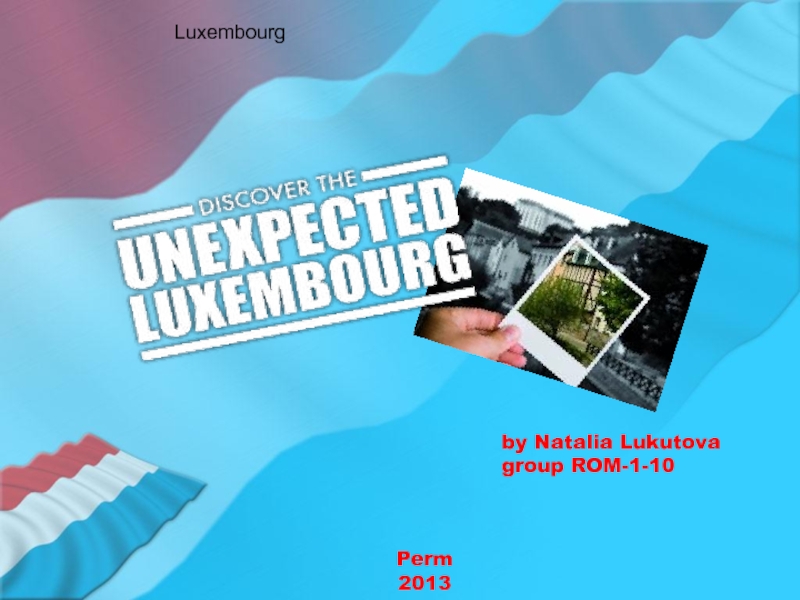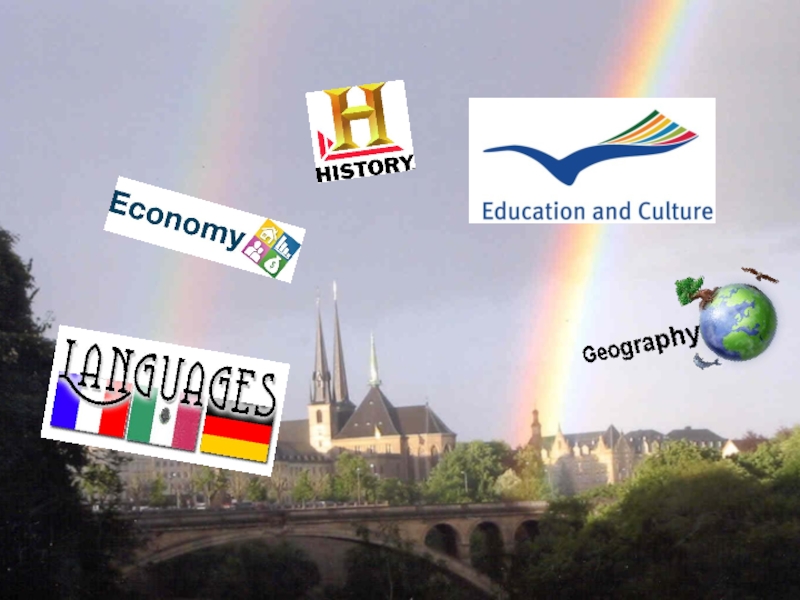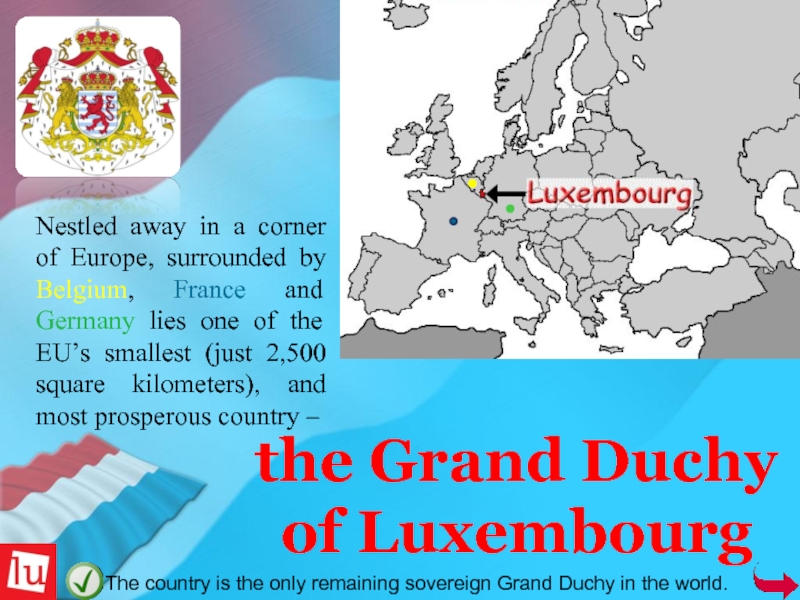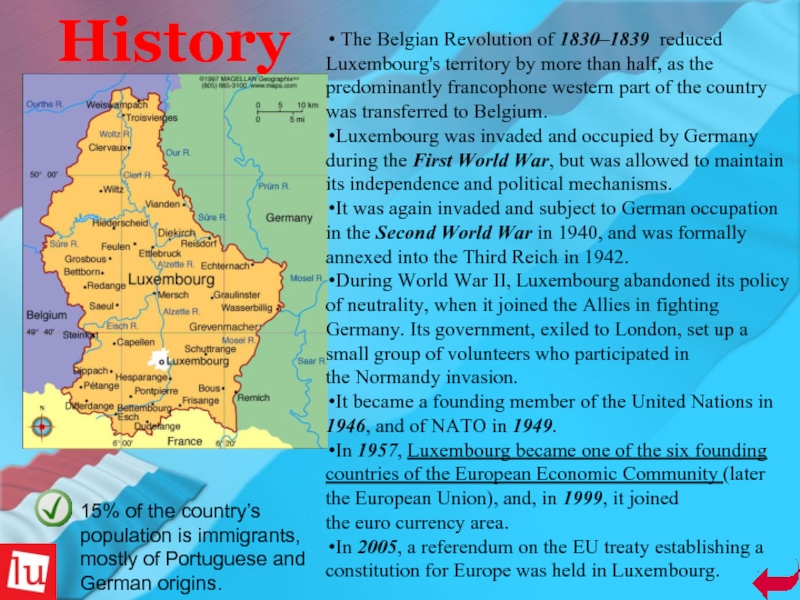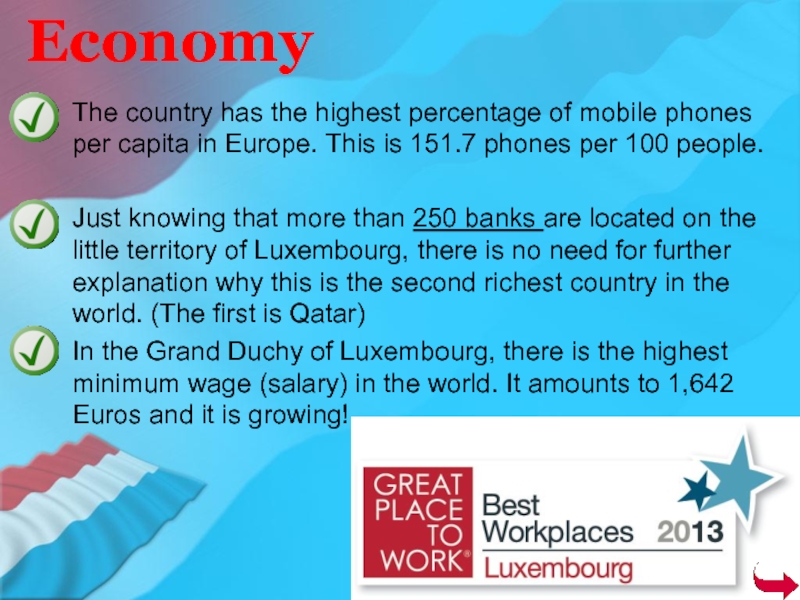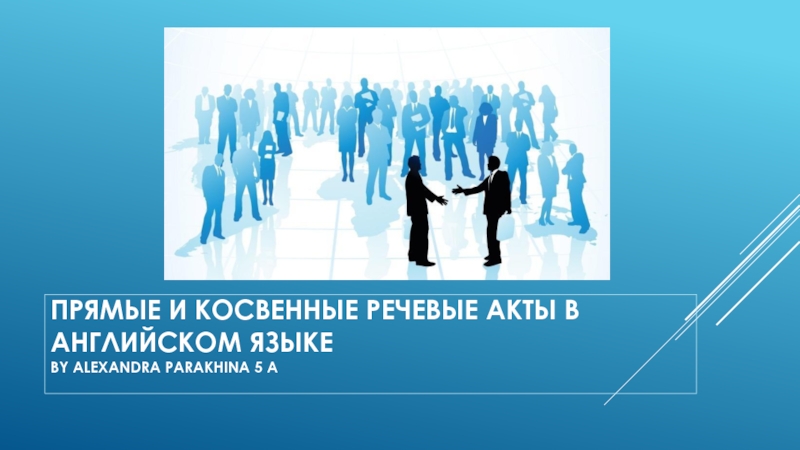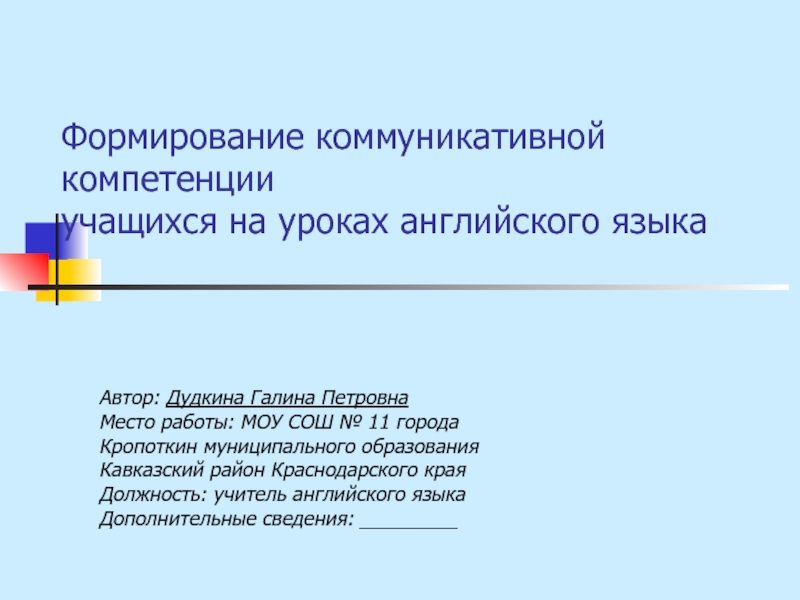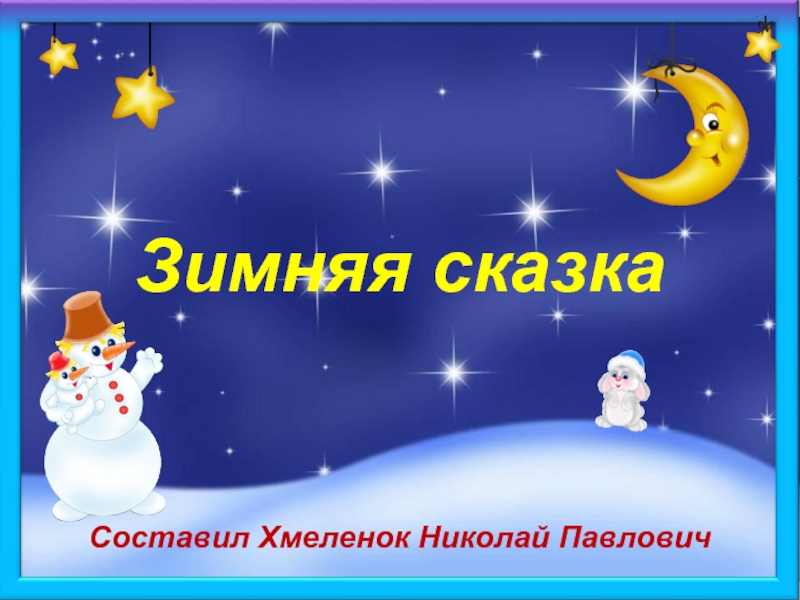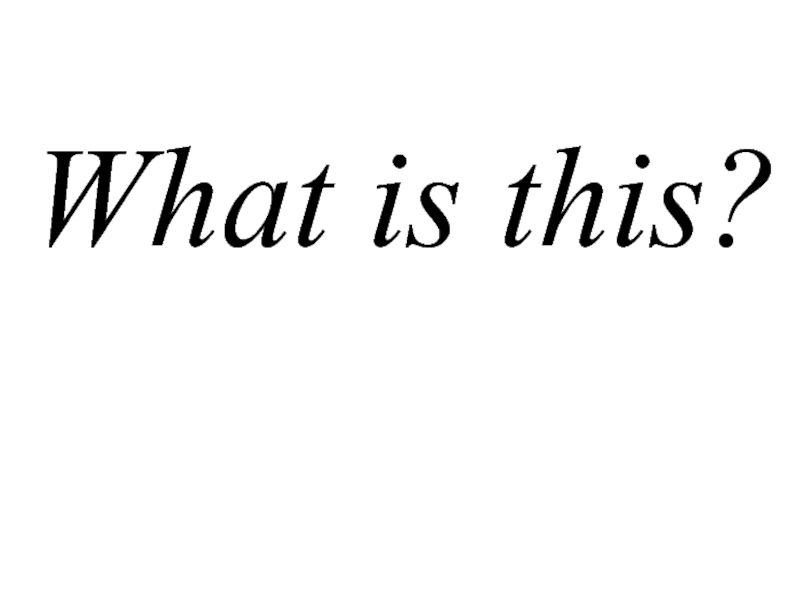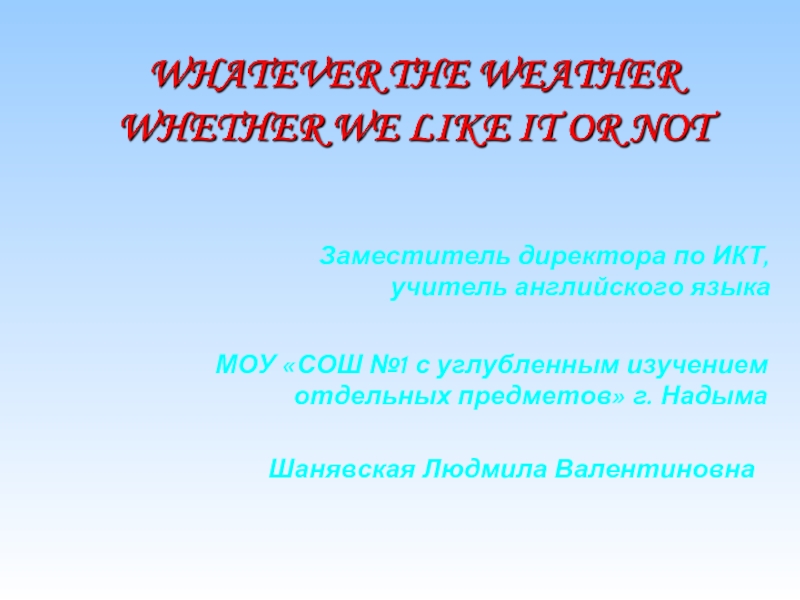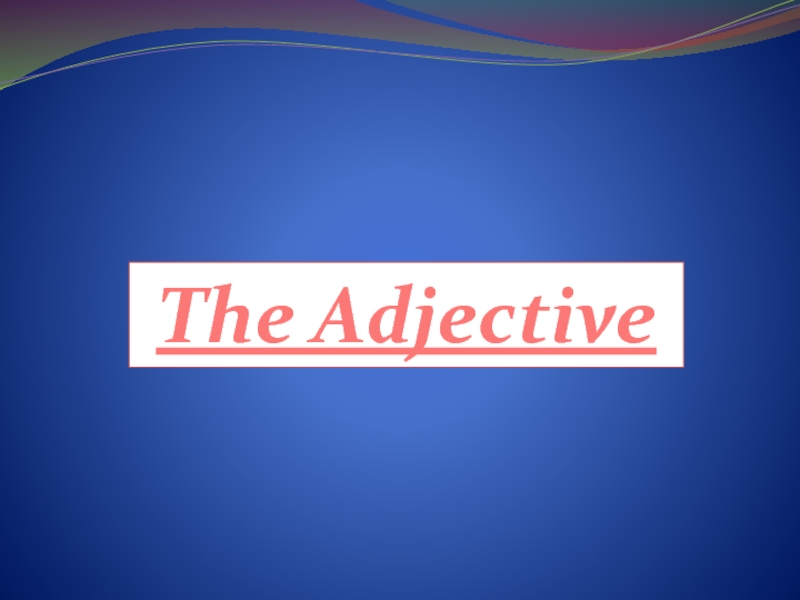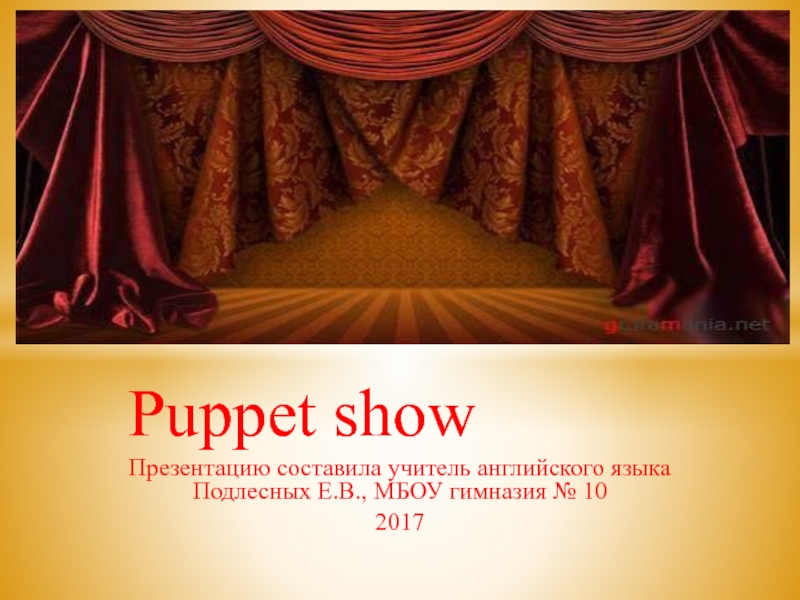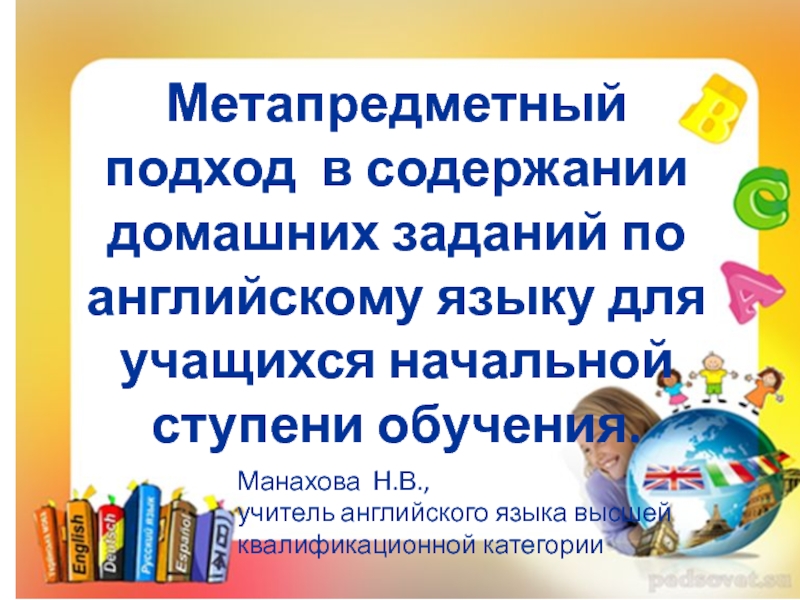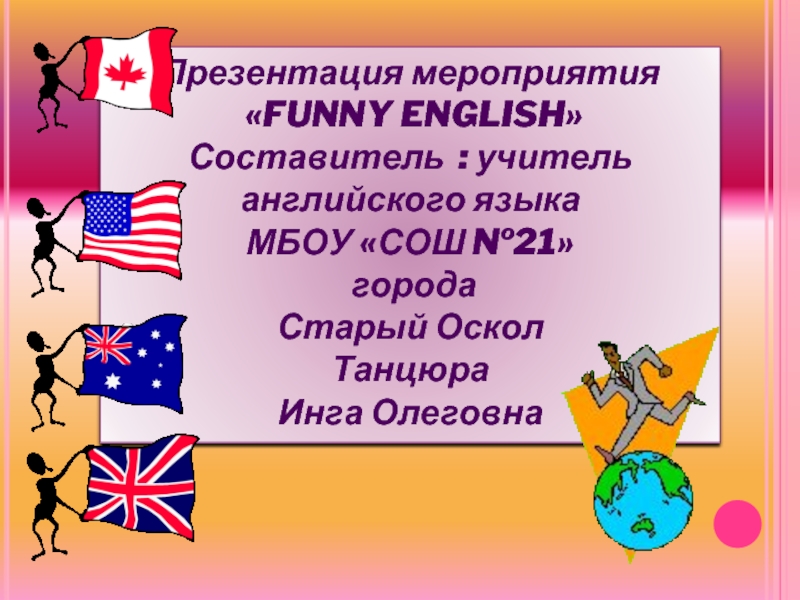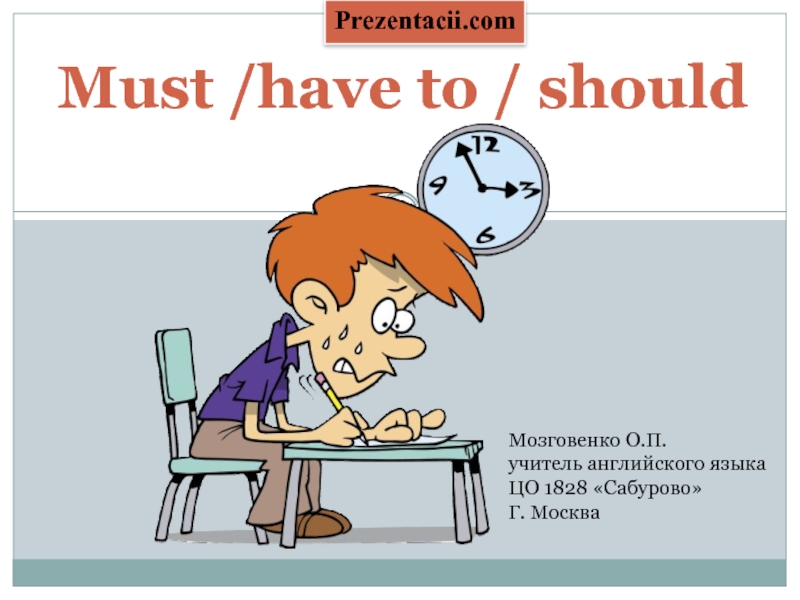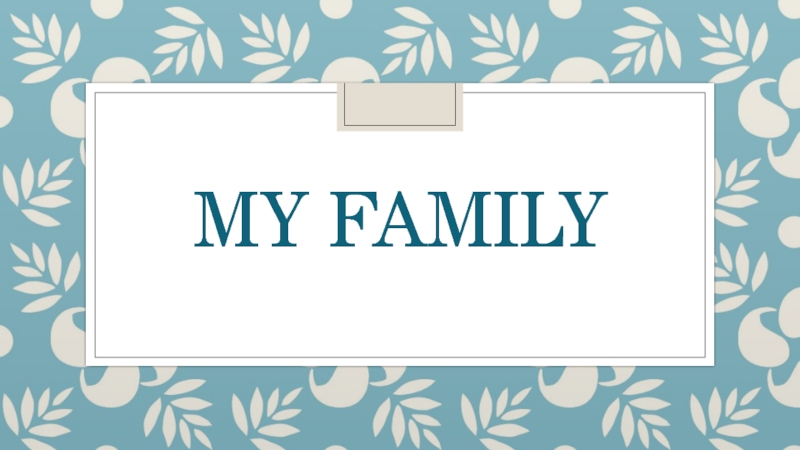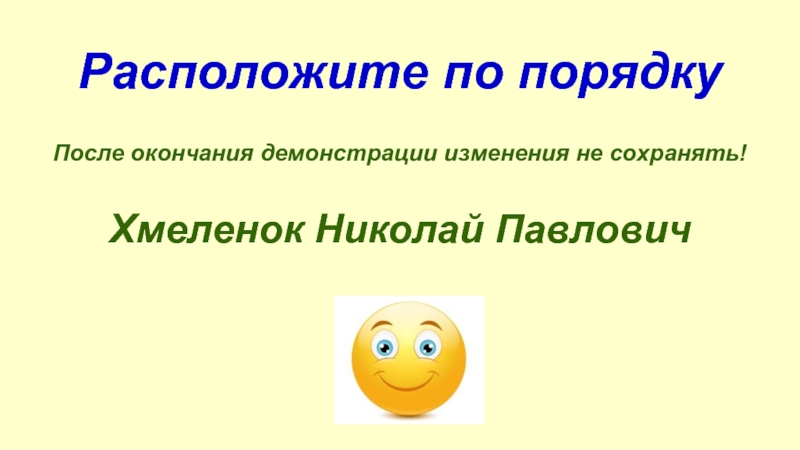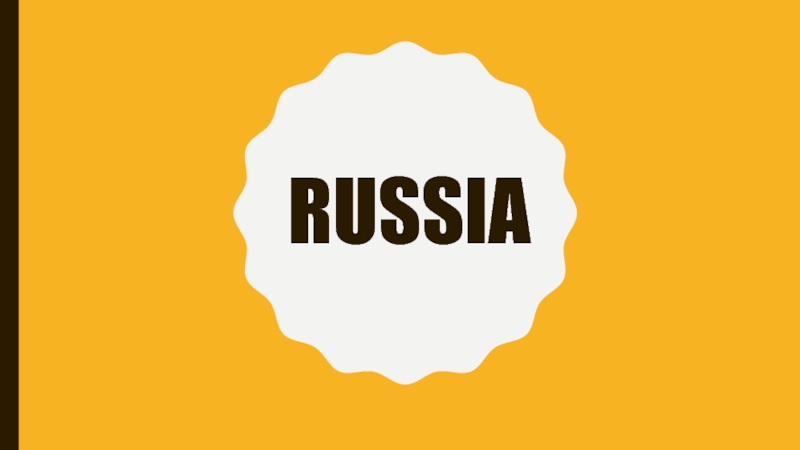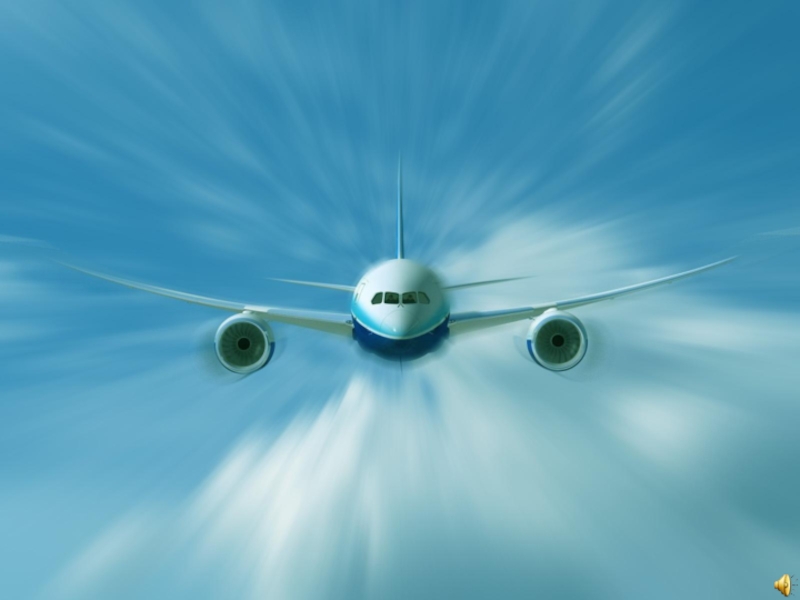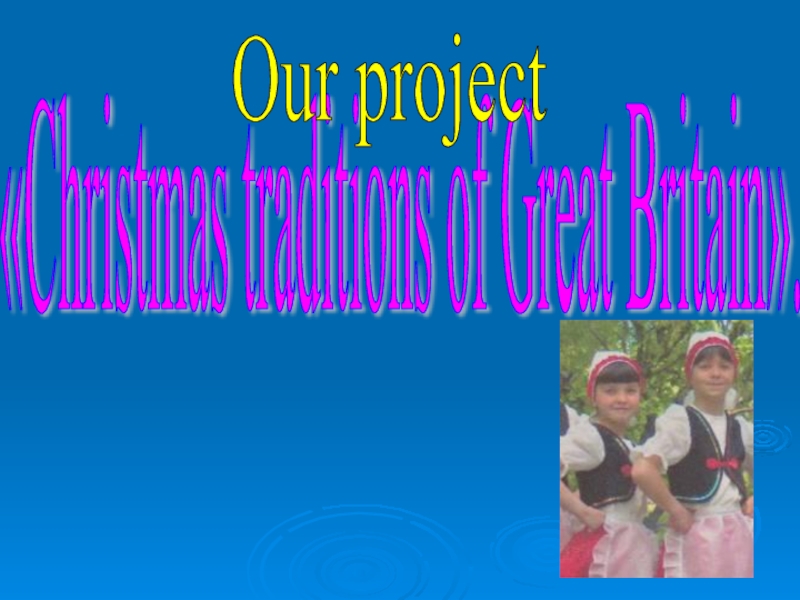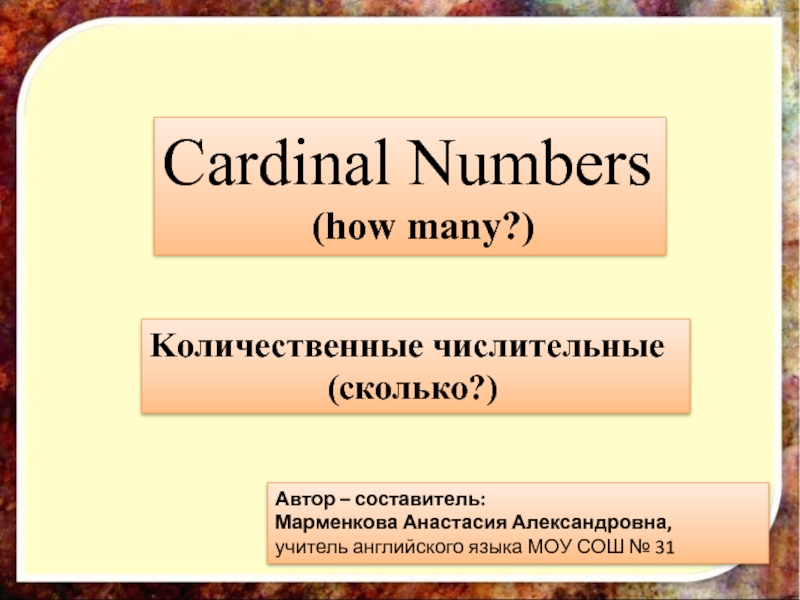Разделы презентаций
- Разное
- Английский язык
- Астрономия
- Алгебра
- Биология
- География
- Геометрия
- Детские презентации
- Информатика
- История
- Литература
- Математика
- Медицина
- Менеджмент
- Музыка
- МХК
- Немецкий язык
- ОБЖ
- Обществознание
- Окружающий мир
- Педагогика
- Русский язык
- Технология
- Физика
- Философия
- Химия
- Шаблоны, картинки для презентаций
- Экология
- Экономика
- Юриспруденция
Luxembourg
Содержание
- 1. Luxembourg
- 2. Navigation - next (back) slide - back
- 3. Слайд 3
- 4. Nestled away in a corner of Europe,
- 5. Climate Luxembourg: Green heart of EuropeGeographyDespite
- 6. History35,000 years ago - evidence of primitive
- 7. History The Belgian Revolution of 1830–1839 reduced Luxembourg's
- 8. LuxembourgishEnglish is widely spoken.Motto: "Mir wëlle
- 9. Luxembourg's stable, high-income economy features moderate growth, low inflation, and
- 10. The country has the highest percentage of
- 11. EconomyIt operates scheduled services to 50 destinations
- 12. Education and cultureOn a pan-European scale Luxembourg’s
- 13. The ethnic mix of the population is
- 14. Слайд 14
- 15. Скачать презентанцию
Слайды и текст этой презентации
Слайд 4Nestled away in a corner of Europe, surrounded by Belgium,
France and Germany lies one of the EU’s smallest (just
2,500 square kilometers), and most prosperous country –the Grand Duchy of Luxembourg
The country is the only remaining sovereign Grand Duchy in the world.
Слайд 5Climate
Luxembourg:
Green heart of Europe
Geography
Despite a dense network of roads
and railways, forests cover a third of the country!
It is
often called "the little Switzerland" because of its stunning nature and inspiring architecture.
Temperate: from May to mid-October, the temperatures are particularly pleasant. Whereas May and June are the sunniest months, July and August are the hottest. In September and October, Luxembourg often experiences its own “Indian Summer”. By the end of the year the weather gets dry, cold and snowy.
Слайд 6History
35,000 years ago - evidence of primitive inhabitants
963 - an
ancient, supposedly Roman, fort named Lucilinburhuc
1354 - the emperor Charles IV elevated it to
the status of a duchyHabsburg (1477–1795) and French (1795-1815) ruled
1815 - the Congress of Vienna gave formal autonomy to Luxembourg independence
Beneath the fortress of Luxembourg, there are around 21 kilometers of hidden underground passages.
Head of State: Grand Duke Henri (ascended the throne on October 7, 2000)
Слайд 7History
The Belgian Revolution of 1830–1839 reduced Luxembourg's territory by more
than half, as the predominantly francophone western part of the country was
transferred to Belgium.Luxembourg was invaded and occupied by Germany during the First World War, but was allowed to maintain its independence and political mechanisms.
It was again invaded and subject to German occupation in the Second World War in 1940, and was formally annexed into the Third Reich in 1942.
During World War II, Luxembourg abandoned its policy of neutrality, when it joined the Allies in fighting Germany. Its government, exiled to London, set up a small group of volunteers who participated in the Normandy invasion.
It became a founding member of the United Nations in 1946, and of NATO in 1949.
In 1957, Luxembourg became one of the six founding countries of the European Economic Community (later the European Union), and, in 1999, it joined the euro currency area.
In 2005, a referendum on the EU treaty establishing a constitution for Europe was held in Luxembourg.
15% of the country’s population is immigrants, mostly of Portuguese and German origins.
Слайд 8
Luxembourgish
English is widely spoken.
Motto: "Mir wëlle bleiwe wat mir sinn"
(EN) "We want to remain what we are"
Languages
The mother
tongue of the natives of Luxembourg is … .All the official proceedings and businesses in Luxembourg take place in … .
In Luxembourg, the first language taught in schools as well as used by the media is … .
French
German
The name of the country comes from the High German «lucilinburch» – «a small town».
Слайд 9Luxembourg's stable, high-income economy features moderate growth, low inflation, and low unemployment.
The industrial
sector, which was dominated until the 1960s by steel, has diversified
to include chemicals, rubber, and other products.During the past decades, growth in the financial sector has more than compensated for the decline in steel.
Services, especially banking and other financial exports, account for the majority of economic output.
Luxembourg is the world's second largest investment fund center (after the USA), the most important private banking centre in the Eurozone and Europe's leading centre for reinsurance companies.
Agriculture is based on small, family-owned farms. Barley, potatoes, wheat, oats and other livestock produce are grown and reared in large numbers.
Luxembourg possesses the highest GDP per capita in the and the fourth highest rated in the quality of life index.
Luxembourg is the world's most-industrialized nation, having $53,290 in income per person.
Economy
Luxembourg is on the 3rd place in the European Union on effectiveness of doing business. Only Finland and Denmark managed to get ahead of it, which take the 1 and 2 place respectively.
Слайд 10The country has the highest percentage of mobile phones per
capita in Europe. This is 151.7 phones per 100 people.
Just
knowing that more than 250 banks are located on the little territory of Luxembourg, there is no need for further explanation why this is the second richest country in the world. (The first is Qatar) In the Grand Duchy of Luxembourg, there is the highest minimum wage (salary) in the world. It amounts to 1,642 Euros and it is growing!
Economy
Слайд 11Economy
It operates scheduled services to 50 destinations in Europe, North
Africa, the Mediterranean and Middle East, plus charter and seasonal
summer services.Its head office is located on the grounds of Luxembourg - Findel Airport in Sandweiler.
Its main base is Luxembourg – Findel Airport
The only fatal accident in Luxair's history was on 6 November 2002. The airplane was flying from Berlin, Germany, and crashed in a field near the village of Niederanven during its final approach to Luxembourg airport. 20 passengers and crew died.
Слайд 12Education and culture
On a pan-European scale Luxembourg’s biggest claim to
fame is probably that of winning the Eurovision song contest
five times between 1961 and 1983.Luxembourg has been overshadowed by the culture of its neighbours, although, having been for much of its history a profoundly rural country, it retains a number of folk traditions.
There are several notable museums, mostly located in the capital:
the National Museum of History and Art (MNHA)
the Luxembourg City History Museum
the new Grand Duke Jean Museum of Modern Art (Mudam).
The National Museum of Military History (MNHM) in Diekirch is especially known for its representations of the Battle of the Bulge.
The city of Luxembourg itself is on the UNESCO World Heritage List, on account of the historical importance of its fortifications.
The country has produced some internationally known artists, including the painters Théo Kerg, Joseph Kutter and Michel Majerus, as well as the photographer Edward Steichen.
Luxembourg City History Museum
Слайд 13The ethnic mix of the population is
63.1% Luxembourg
13.3% Portuguese
7.3%
other European ethnicities
5.2% other ethnicities
4.5% French
4.3% Italian and 2.3% German
In
the 19th century a famous French writer Victor Hugo lived in Vianden. The house where he lived, was turned into a museum in 1871.The literacy rate is 100%, and the quality of education is one of the highest in the world.
The University of Luxembourg is the only university in the country.
There are 7 mixed schools
10 classical schools
15 technical schools and
4 international schools in Luxembourg.
Education and culture
